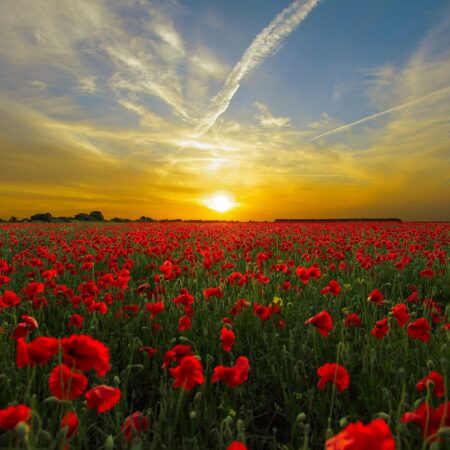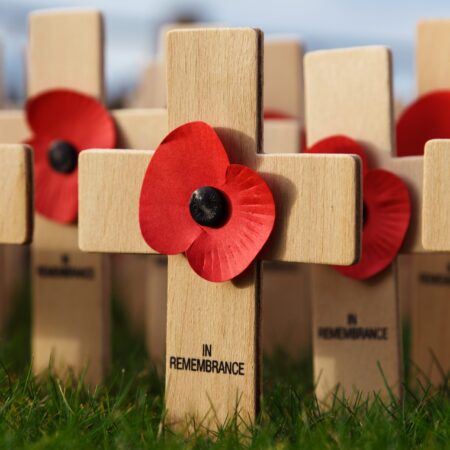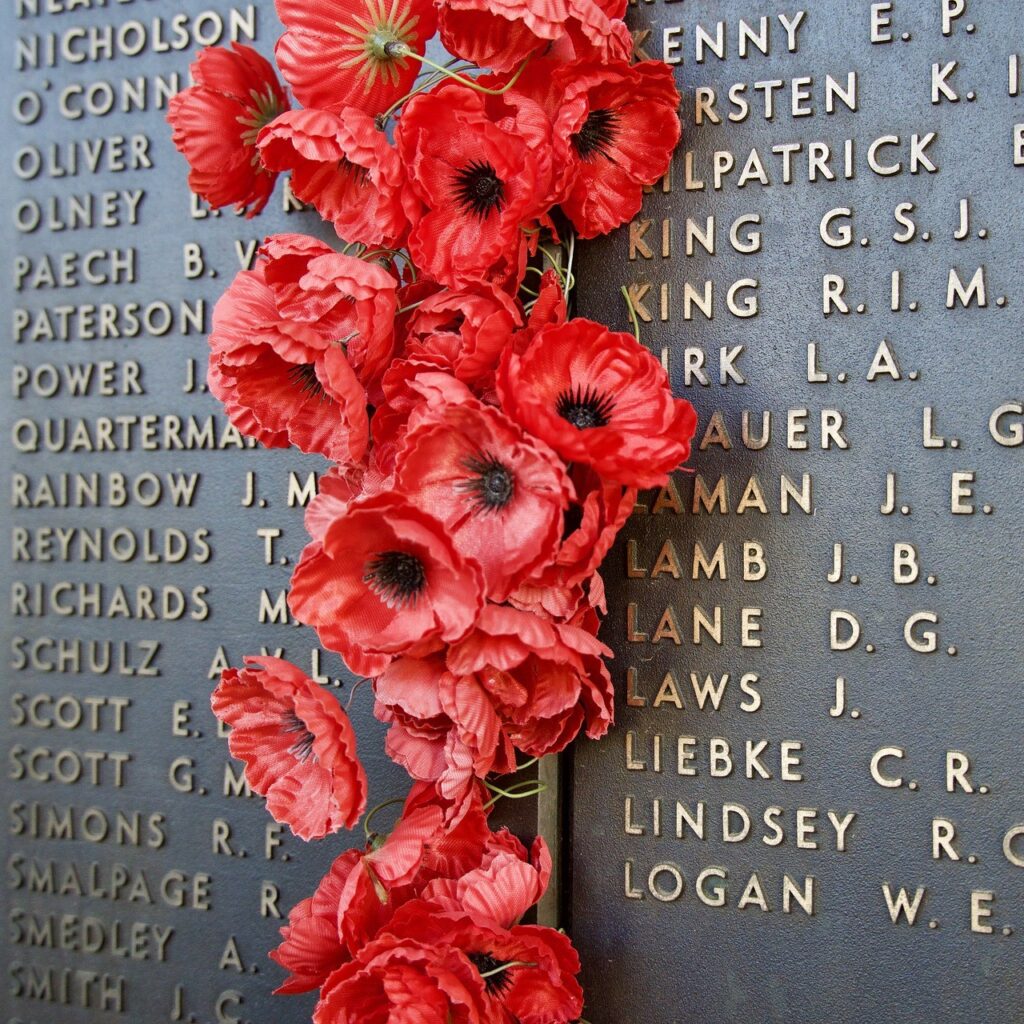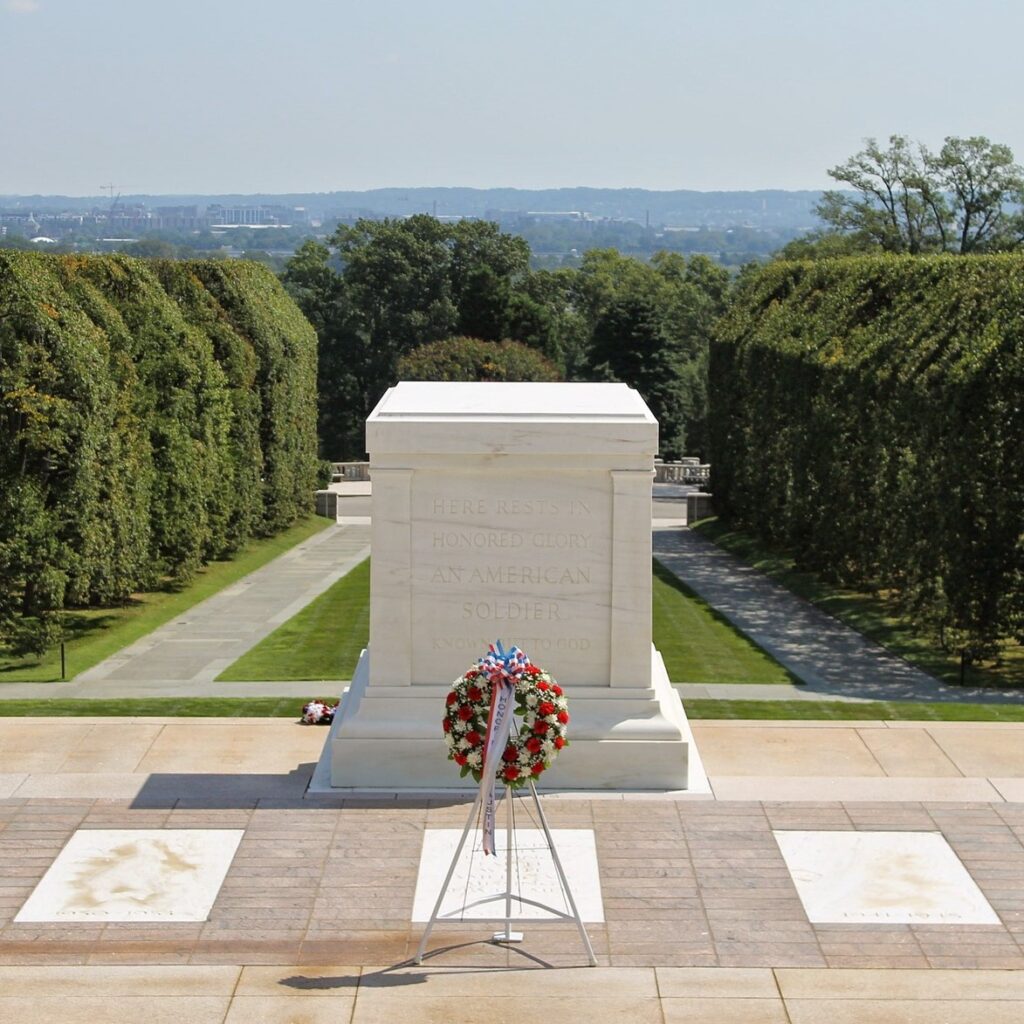Remembrance Day occurs every year on November 11th. This day marks the end of World War I. Hence, the day honors all that lost their lives during the conflict. Those, who gave their lives for other people’s lives, freedom, democracy, and peace. Yet, it is not only about the victims of World War I. but about all victims of all military conflicts. But why are poppies worn on Remembrance Day?
Until then, World War I. was the largest conflict human have ever seen. As the name suggests, for the first time in history, the conflict occurred around the whole planet. Hence, its end at eleven o’clock on the eleventh day of the eleventh month was a reason to celebrate.
Its end in 1918 brought many political and social changes – society changed just like the map of the world did. Huge empires, including the Ottoman and Habsburg, crumbled into smaller states. Besides, over 20 million people lost their lives in the conflict. Sadly, only a few 21 years later, in 1939, an even bigger conflict broke out.
Other names for this day are Armistice Day, Veterans Day (USA), or Poppy Day.
The Story Of John McCrae
John McCrea was born on November 30th, 1872, in Guelph, Canada. In 1898, he graduated from medical school and pursued a career in the field. After serving in the army during the Second Boer War (1900-02), he practiced medicine at various universities.
However, in 1914, the British Empire, which Canada was a part of, went to war. This conflict was later called The Great War and then World War I. Once again, John McCrea entered the Canadian army. He served as a medical officer.
In May 1915, during the Second Battle of Ypres, his close friend, Alexis Helmer, died. To commemorate his honor, McCrea wrote a poem – In Flanders Fields (see below). Just like his friend, neither did he live to see the end of the war. John McCrea died on January 28th, 1918, in France. He was only 45 years old.

✟ January 28, 1918, Boulogne-sur-Mer, France
In Flanders Fields

In Flanders fields the poppies blow Between the crosses, row on row, That mark our place; and in the sky The larks, still bravely singing, fly Scarce heard amid the guns below. We are the Dead. Short days ago We lived, felt dawn, saw sunset glow, Loved and were loved, and now we lie, In Flanders fields. Take up our quarrel with the foe: To you from failing hands we throw The torch; be yours to hold it high. If ye break faith with us who die We shall not sleep, though poppies grow In Flanders fields.
why are poppies worn on Remembrance Day
In his poem, John McCrea refers to the poppies which grew over the graves of the fallen soldiers. Flanders is a region in France and Belgium where many deadly battles of the war took place. More importantly, it is a place where poppies grow. The reason for it is simple. During the war, the explosions severely damage the soil. And, poppies are one of the only plants capable of growing on such destroyed earth.
When the poem got published, it was an instant success. Consequently, the poppy became a symbol of the fallen soldiers. In 1918 an American professor, Moina Michael found inspiration in the poem. She began to wear a red poppy and inspired others to do the same. The tradition spread to France and, by 1921, to the British Empire. Hence, poppies are worn on Remembrance Day. However, they were a symbol of eternal sleep already centuries before!
While today poppies are not so common in the USA, in the British Commonwealth, many people still wear them every year. You may mostly encounter it in the UK, Canada, or New Zealand. Besides, when buying a poppy, people donate money to the war veterans. Hence, they pay respect and gratitude to them.

Why do We remember?

But why do we remember? And why is it important to do so?
People celebrate this day in honor of those who fought for them. In honor of all heroes and victims of the past and present conflicts. People remind themselves that the peace and freedom they live in was not for free. That it was not here always, and that it can be lost anytime again.
These people served and often gave up their lives for the values their country represents. Besides, they did not choose to go to war. They did it for their children, their family, their friends. The least a person can do today is not forget their sacrifice.
Showing support to Remembrance day is not equal to supporting the war. Besides, there are not only red poppies. For example, purple poppies are in remembrance of the animals that died in the conflicts. White poppies are meant for the pacifists who want to express gratitude to the soldiers but also make an antiwar statement.

“When you go home, tell them of us and say, for their tomorrow we gave our today.”
Rudyard Kipling
Did you know?
While the day is most celebrated in the countries of the British Commonwealth (the UK, Canada, New Zealand,…) and in the USA, other countries also take part, for instance, Germany, Poland, Belgium, France, or the Czech Republic.
In the UK, people hold a two-minute silence to honor the dead at 11 AM.
At first, Armistice was the name of the day. Only later, new names such as Remembrance Day (UK, Canada, NZ) and Veterans Day (USA) emerged.
The UK holds ceremonies on Remembrance Sunday. That is the first Sunday after Remembrance day!
The tomb of the unknown soldier is a common monument at military cemeteries. They represent the memory of the soldiers who were never identified. Thus, Remembrance Day ceremonies tend to take place by these monuments!


